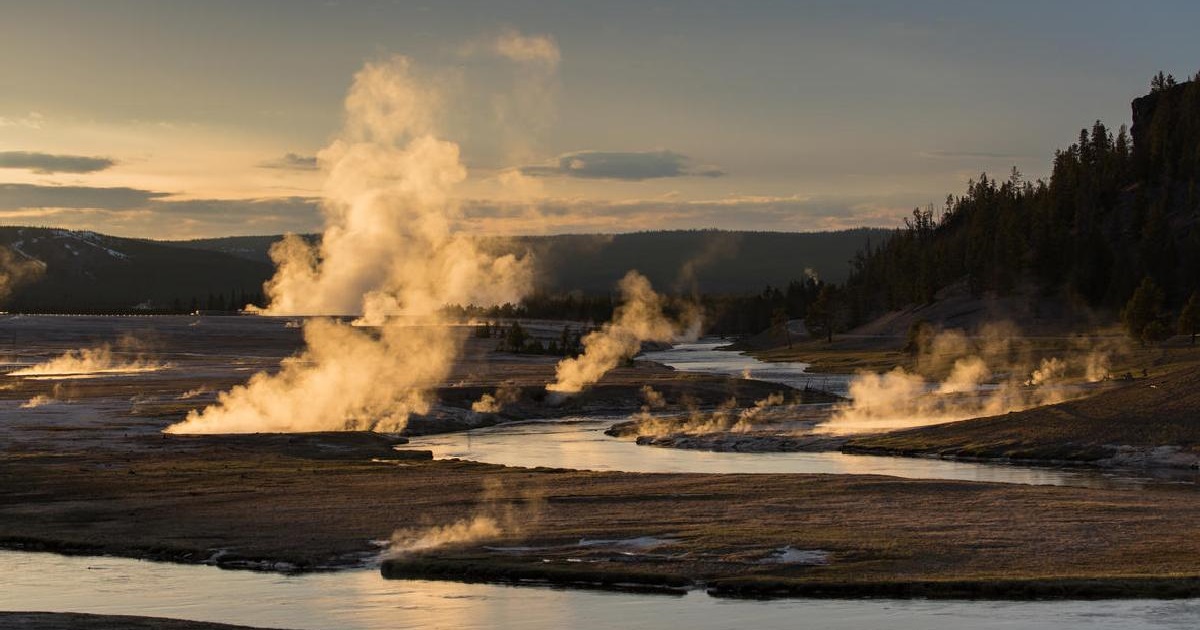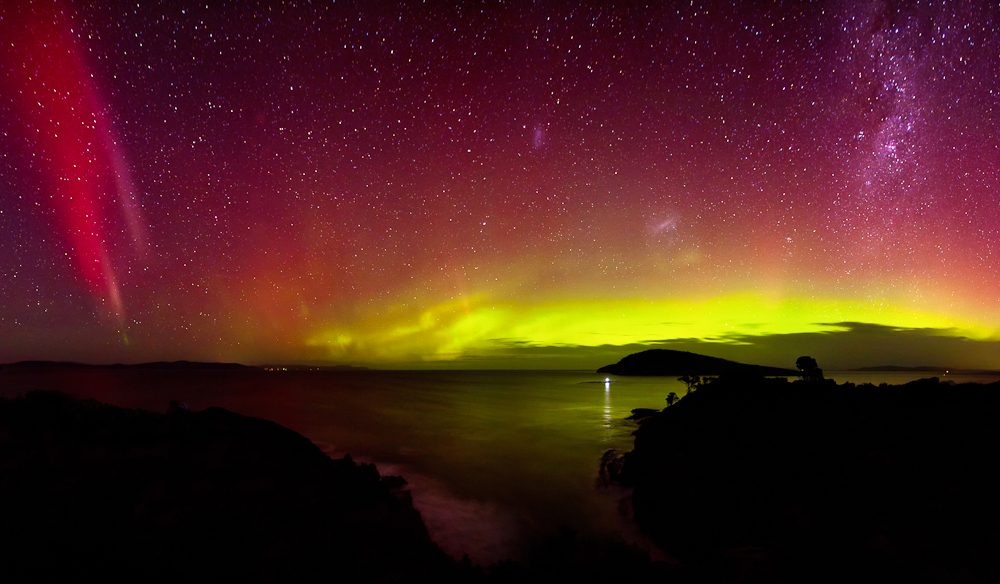Yellowstone's Hidden Heat - New Study Reveals Magma Insights and Future Eruption Possibilities

Deep beneath the geysers and hot springs of Yellowstone National Park lies a sleeping giant—a supervolcano capable of eruptions thousands of times more powerful than anything witnessed in human history. While the immediate risk of such a cataclysmic event remains low, understanding the dynamics of Yellowstone's magma chamber is crucial for assessing future volcanic hazards.
A recent study published in the journal "Science" on December 8, 2023, has provided groundbreaking insights into the structure and composition of Yellowstone's magma reservoir. Using a novel seismological imaging technique, a team of researchers led by Ross Maguire from the University of Illinois Urbana-Champaign has created the most detailed picture yet of the volcano's plumbing system.
Unveiling the Magma Reservoir: A Seismic Breakthrough
Traditional seismic imaging methods, which rely on analyzing the speed of earthquake waves passing through the Earth, have limitations in resolving the structure of magma bodies. Molten rock and solid rock can have similar seismic wave speeds, making it difficult to distinguish between them.
To overcome this challenge, Maguire's team employed a technique called "seismic tomography with finite-frequency sensitivity kernels." This method analyzes not only the speed of seismic waves but also how their amplitude and frequency change as they interact with different materials.
The researchers analyzed seismic waves from thousands of earthquakes around the world that passed through Yellowstone's magma reservoir. By applying their sophisticated imaging technique, they were able to create a three-dimensional map of the reservoir with unprecedented resolution.
Key Findings: More Magma Than Previously Thought
The study's findings have significant implications for understanding Yellowstone's volcanic potential:
1. Increased Magma Fraction:
The research revealed that the magma reservoir contains a higher proportion of molten rock than previously estimated. While earlier studies suggested a melt fraction of 10% or less, the new data indicates that the melt fraction could be as high as 20% in certain areas. This finding suggests that the system is more primed for potential eruptions than previously thought.
2. Complex Magma Plumbing:
The study also revealed a more complex structure within the magma reservoir than previously understood. Instead of a single, homogeneous chamber, the researchers identified distinct zones with varying melt fractions and compositions. This complexity suggests that the magma supply system is dynamic and constantly evolving.
3. Potential for Large Eruptions:
While the increased magma fraction raises concerns about Yellowstone's eruptive potential, it's crucial to note that a higher melt fraction alone does not guarantee an imminent eruption. A complex interplay of factors, including magma pressure, gas content, and the structural integrity of the surrounding rock, determines whether or not an eruption will occur.
Looking Ahead: Monitoring and Mitigation
The findings of this study highlight the importance of continuous monitoring and research at Yellowstone National Park. By closely tracking seismic activity, ground deformation, and gas emissions, scientists can gain a better understanding of the volcano's behavior and potential for future eruptions.
While the risk of a catastrophic eruption at Yellowstone remains low in the foreseeable future, the insights gained from this study provide valuable information for volcanic hazard assessment and mitigation efforts. By improving our understanding of the processes at play beneath Yellowstone, we can better prepare for any potential future events.
Concluding Thoughts: A Deeper Understanding, A Safer Future
The groundbreaking research conducted by Maguire and his team has provided an unprecedented glimpse into the fiery heart of Yellowstone National Park. By illuminating the structure and composition of the volcano's magma system, the study advances our understanding of its eruptive potential and informs future monitoring and mitigation strategies. While the possibility of a future eruption at Yellowstone remains a topic of scientific inquiry and public fascination, this study underscores the importance of ongoing research and proactive hazard preparedness.

















Comments ()